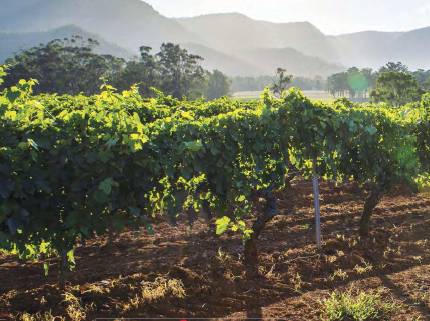
Give me musty cellars and creaking timber floors over sleek, modern architectural designs any day when it comes to wineries that I want to visit. There’s something about the smell of grapes that have been fermenting in the same oak barrels for hundreds of years, and of gnarly old vines that have survived droughts and floods, that appeals infinitely more to me than a brand-new facility made from steel and glass.
Australia’s early colonists started growing grapes for wine in the first half of the 19th century and it’s amazing how many have stood the test of time. Even today, more than 30 wineries around the country pre-date Federation, and it’s not uncommon for those producers to bottle wine that has been harvested from some of their oldest vines.
While certainly not an extensive list, the following 10 wineries are well worth visiting because of their rich history — much of which is still on display.

There’s something special about vintage cellars. Image: Destination NSW
TYRRELL’S WINES - Pokolbin, Hunter Valley, NSW
Four years after Edward Tyrrell migrated to Australia from England in 1854, he planted his first shiraz and semillon vines at a 320-acre property in the foothills of the Broken Back Range in the Hunter Valley. He named the property Ashmans after his maternal grandmother’s ancestral home in Suffolk and built his first home — an ironbark slab hut that is still standing today. The first vintage was harvested in 1864.
In 1889, Edward’s eldest son Dan took over as chief winemaker, overseeing the next 69 vintages with the assistance of his youngest brother, Avery. When Avery’s son Murray assumed winemaking duties in 1959, he set about promoting visits to the winery for tasting and sales, paving the way for the Cellar Door as it stands today. In 1961 he created the Private Bin system, separating the fruit from the best vineyards for maturation in individual oak barrels or vats. Four years later he created the Winemaker’s Selection range, representing the very best wines of each vintage.
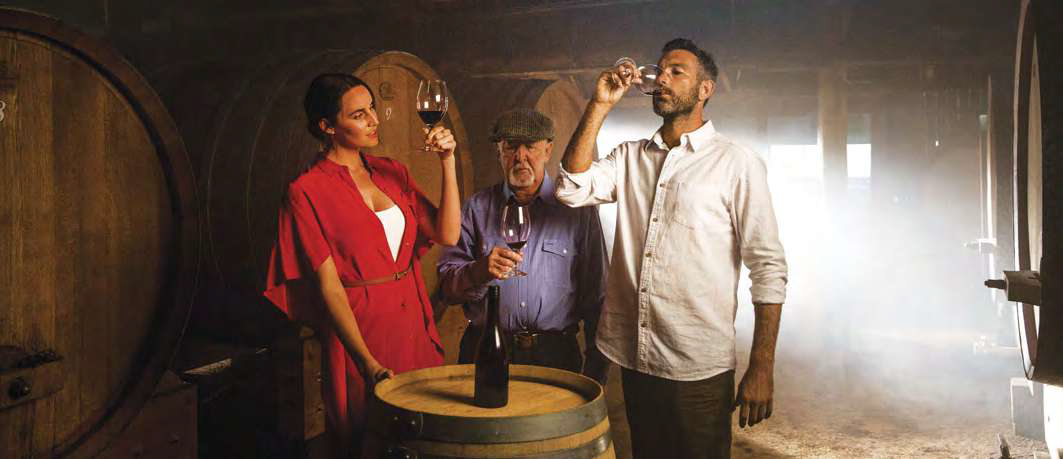
A private tour and tasting at Tyrrell’s. Image: Destination NSW
Tyrrell’s helped pioneer two of Australia’s favourite grape varieties, pinot noir and chardonnay, and have been strong advocates of Hunter Valley semillon. The 1976 Vat 6 pinot noir was acclaimed the best wine in the world by French food and wine magazine Gault-Millau, and the Vat 1 semillon is Australia’s most awarded white wine, harvested from the Short Flat Vineyard that was first planted in 1923.
Eleven of their vineyards are more than 100 years old, with the fruit from these vines used to make the Sacred Sites range. Most of these grapes are harvested from cuttings that were brought to Australia from Europe and planted in the Hunter Valley in 1832. The Old Patch shiraz is made using grapes from vines planted in 1867, ranking it as the oldest vineyard in New South Wales.
Experiences at Tyrrell’s today include tasting wine directly from the barrels and tutored tasting sessions — you can also taste Single Vineyard and Winemaker’s Selection wines from the private family cellar.
Website: tyrrells.com.au
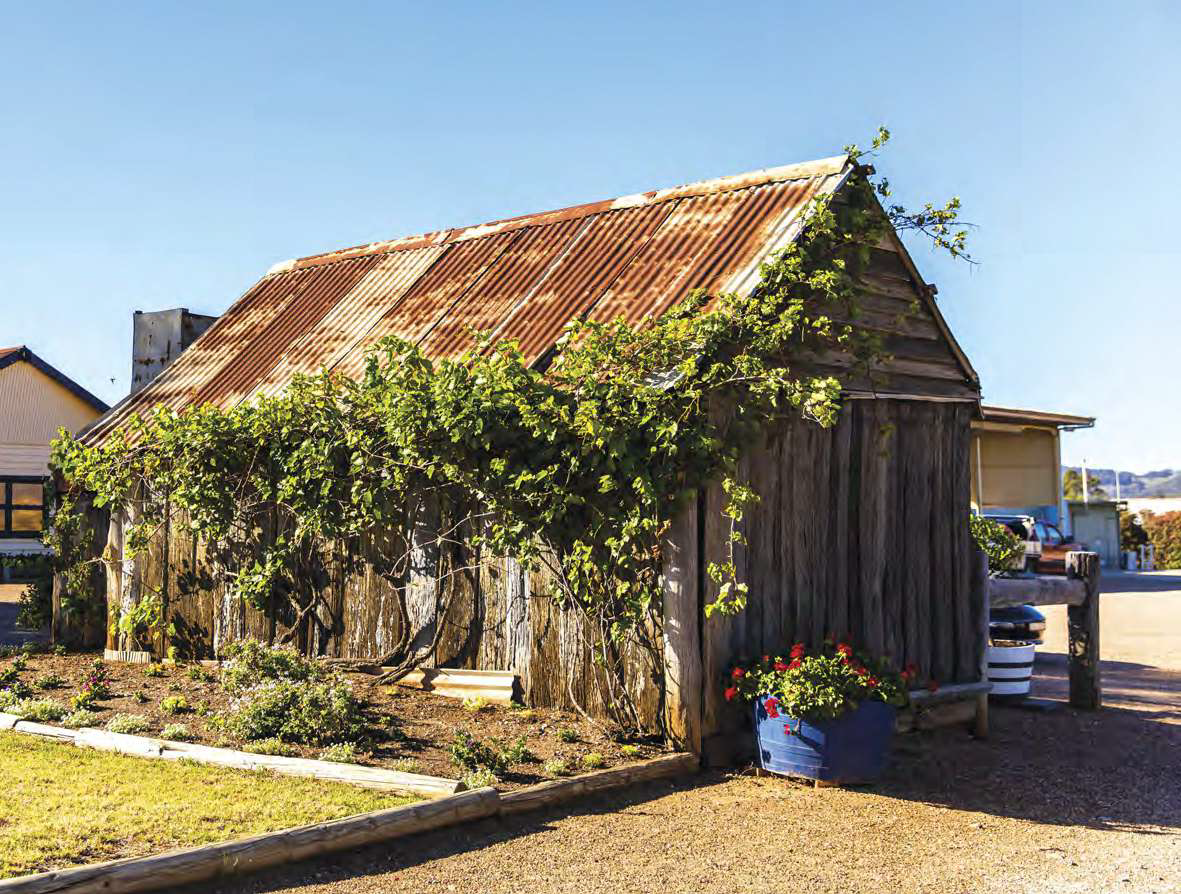
The first Tyrell’s vintage was harvested in 1864. Image: Destination NSW
DOUGLAS VALE VINEYARD - Port Macquarie, NSW
Run entirely by volunteers, Douglas Vale is dissimilar to most historic Australian wineries. Established in 1859 by vigneron George Francis, the property’s original acreage was 10 times larger than the four acres that remain today. Black Isabella cuttings from America were planted and grown while Francis prospected for gold — the spoils of which helped finance the homestead.
Douglas Vale developed into one of the finest vineyards in the district and its wines were exhibited internationally during the late-19th century, winning medals and commendations in Bordeaux, Amsterdam, Calcutta, and London.

There’s nothing like a few tastings in a historic winery. Image: Douglas Vale Vineyard
The property was passed onto successive generations until it was purchased by TAFE in 1993. After vandals attacked the homestead, a decision was made to demolish it until a conservation group stepped in with the stated aim of preserving the site as a working museum and vineyard for future generations.
The homestead is now the oldest remaining timber house in the Hastings region and is classified by the National Trust. The Port Macquarie/Hastings Council also lists it as a heritage site.
Self-guided tours of the museum and grounds are possible between 10am and 3pm on Wednesdays and Saturdays. Wine tastings and cheese platters are also available, and group tours, functions or weddings can be arranged.
Douglas Vale does not have a large car park, so visitors towing caravans or driving big rigs are advised to stay at the Wauchope Showground. Volunteers will be happy to chat about the must-do activities of Port Macquarie.
Website: douglasvale.com.au
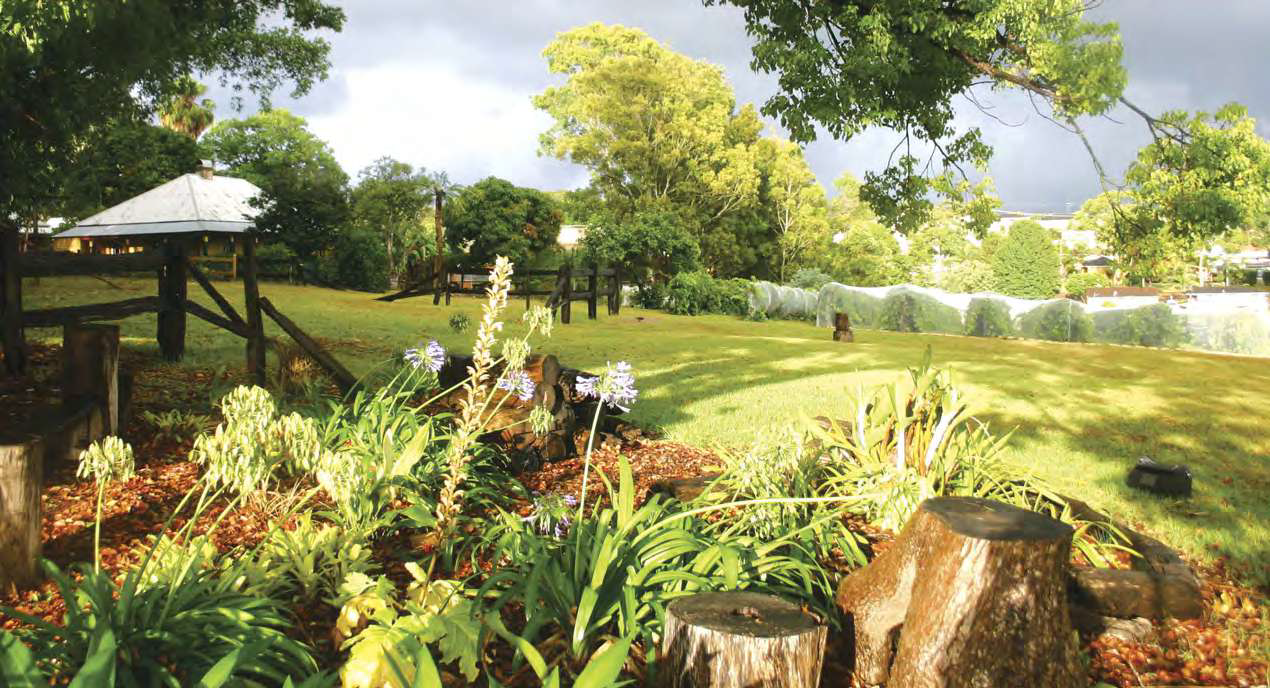
Take a walk in the grounds before enjoying a tipple. Image: Douglas Vale Vineyard
PENFOLDS MAGILL ESTATE - Magill, Adelaide Hills, SA
No Australian wine label is more iconic than Penfolds, the maker of Grange Hermitage. It all started in the Adelaide Hills way back in 1844.
Magill Estate is located in sheltered haunches of the Mount Lofty Ranges, just 8km from the Adelaide CBD. Open from 10am to 5pm seven days a week, visitors can choose from an array of experiences.

Learn more about your favourite wines. Image: South Australian Tourism Commission
Walk through the original winery and vineyards to uncover historic tales of the underground drives on a Magill Estate Heritage Experience (fees apply) before finishing with a wine tasting at the Cellar Door. You can also tour through the original 1844 cottage of founders Dr. Christopher and Mary Penfold, then discover the underground cellars before sampling some of the brand’s most coveted wines — including the Grange — in a private tasting room on an Ultimate Penfolds Experience (fees apply).
As a special (affordable fee per person) treat, on the first Tuesday of every month, Penfolds opens its cellar for an hour of wine discovery in the evening, exploring wines from their entire portfolio over the course of a year.
Website: penfolds.com
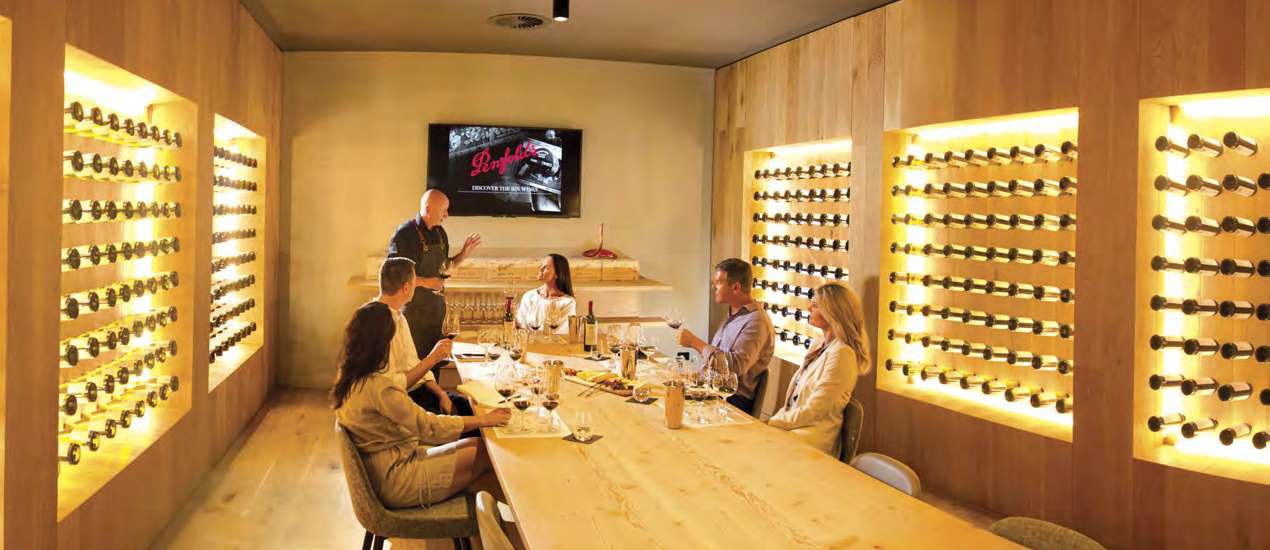
Penfolds slick tasting room. Image: South Australian Tourism Commission
YALUMBA - Angaston, Eden Valley, SA
Yalumba owes its legacy to six generations of family winemakers, dating back to when Samuel Smith planted the first vines in 1849. An Indigenous word meaning ‘all the land around,’ Yalumba is Australia’s oldest family-owned winery and is recognisable by the illustration of its marble and sandstone clocktower on its labels. It’s 1889 bush vine grenache and 1908 shiraz are some of the oldest vineyards in Australia.
Enjoy a picnic beneath the clocktower, which was completed in 1908, or learn how barrels are made in the Southern Hemisphere’s only fully operational cooperage. Take a tour through the Signature Cellar that houses Yalumba’s famous Signature wines and taste premium wines in the Yalumba Wine Room. One of the estate’s flagships, The Caley, is a blend of cabernet sauvignon and shiraz and is named after Fred Caley Smith, whose original hut still overlooks the Horseshoe Vineyard.
Website: yalumba.com

A tasting room at Yalumba. Image: South Australian Tourism Commission
SEVENHILL CELLARS SEVENHILL - Clare Valley, SA
It should come as no surprise that Jesuit priests were responsible for creating the fi rst winery in South Australia’s Clare Valley. Sevenhill Cellars dates back to 1851, and was named by a young priest in honour of the seven hills of Rome. In cahoots with a migrant group of more than 100 Germans and Silesians, he purchased 100 acres of land and began creating gardens, orchards, and eventually a church, college, and vineyards.
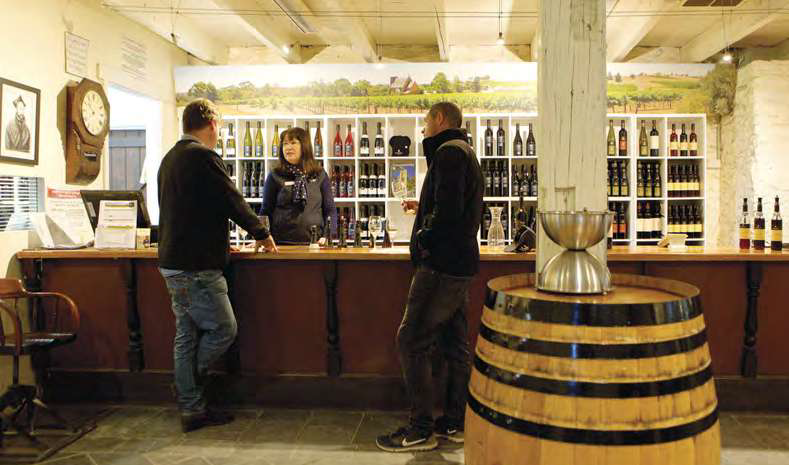
Sevenhill is sure to fascinate anyone and everyone. Image: Mark Daffey
St Aloysius Church has served the parish of Sevenhill since 1875. Masses are still conducted here each Saturday at 6pm. A striking building and a magnificent example of Gothic Revival architecture, it features a slate roof and doors, stained-glass windows, and a painting of the Madonna presented to the Jesuits by ‘Mad’ King Ludwig of Bavaria in 1848. Only Jesuits who died at Sevenhill are buried in its crypt.
Self-guided walking tours are available seven days a week between the hours of 10am and 5pm. They include visits to the underground cellar, old-vine vineyards, St Ignatius of Loyola Shrine, and the St Aloysius Church and crypt. Walking tour maps are available at the Cellar Door.
Website: sevenhill.com.au
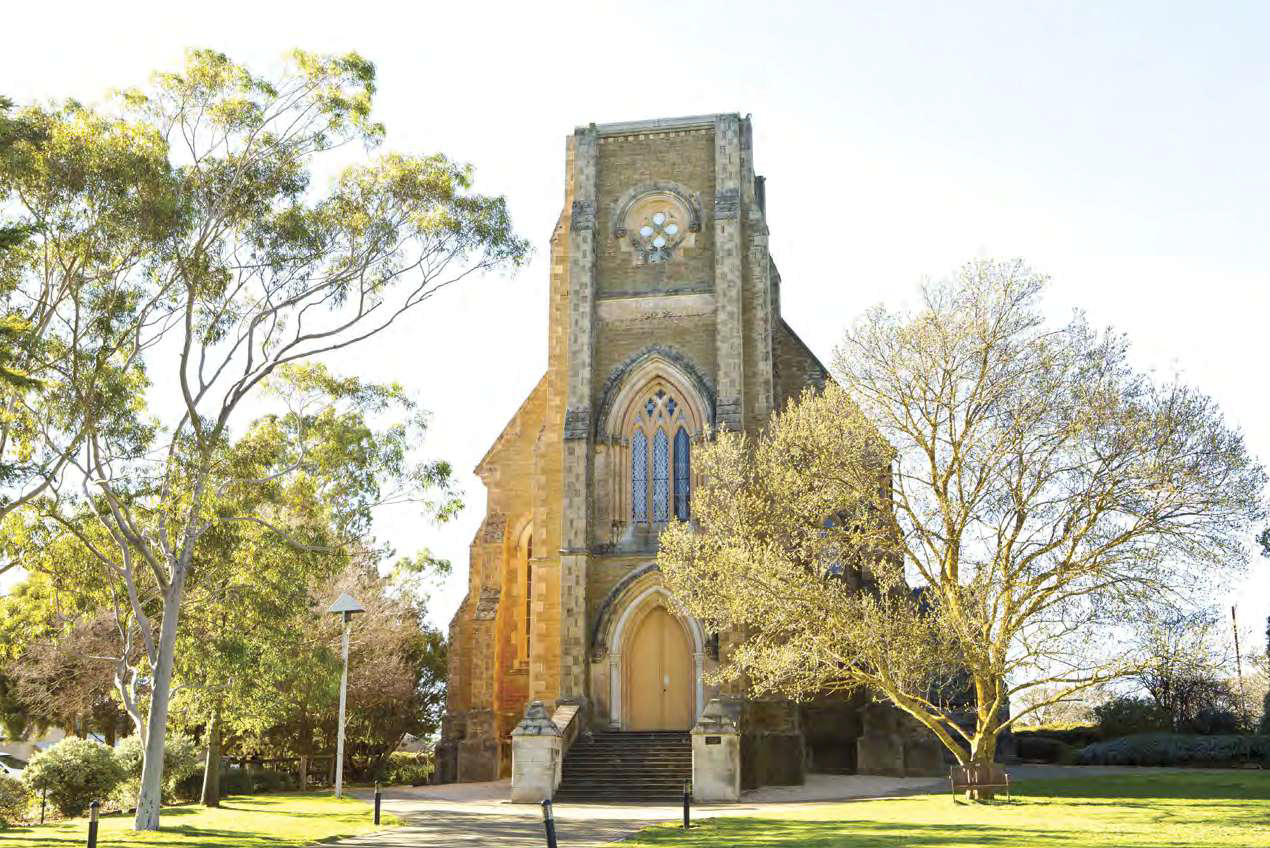
Striking St Aloysius Church at Sevenhills. Image: Mark Daffey
BLEASDALE - Langhorne Creek, SA
After building some of Adelaide’s first residential houses, Frank Potts was on his way to Wellington to undertake a ferry master position when he noticed the fertile floodplains around Langhorne Creek. He purchased land, cleared it and began farming, planting the first shiraz and verdelho vines in the region.
Today, Langhorne Creek is known for its cabernet sauvignon, shiraz. and malbec red wine varieties. Just under an hour’s drive from Adelaide on the shores of Lake Alexandrina, the tiny town is an easy day trip or overnight stay. Seven of the region’s 16 wineries have cellar doors.
Guests on Bleasdale’s ‘Beyond the Cellar Door’ tour get to wander through old hand-hewn red gum vats and see the Old Press that was built in 1892. It has a lever arm weighing 3.5 tonnes and was used for pressing grapes until 1962.
Website: bleasdale.com.au
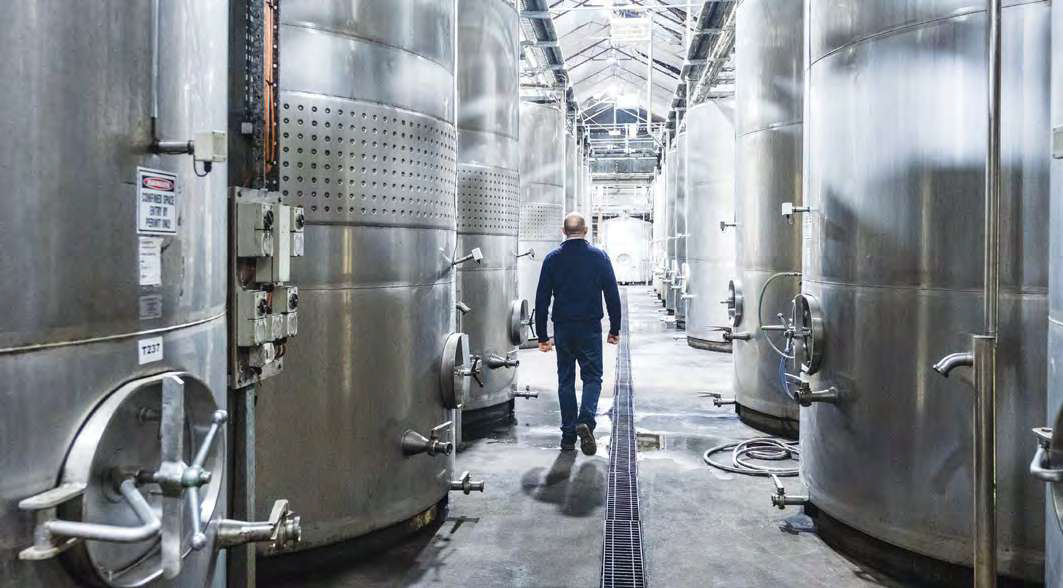
Learn more about the art of winemaking. Image: Bleasdale Vineyards
TAHBILK - Nagambie, VIC
Situated within the traditional lands of the Taungurung people, tabilk-tabilk means ‘place of many waterholes,’ a name that aptly describes the landscape. The intricate billabong systems create a unique meso-climate, supporting near-perfect growing conditions for wine.
The Goulburn River wraps around the estate near the Victorian town of Nagambie, established in 1860 and purchased by the Purbrick family in 1925. The 1860 vines are some of the oldest surviving shiraz vineyards in the world, and the 1927 marsanne vines that Tahbilk is best known for are the largest and oldest of this varietal on the planet.
The distinctive cellar door is inside the original 1860 winery, which was built from handmade bricks and Tahbilk’s own mudstone quarry. Visitors are encouraged to tour through the underground cellars (1862) and walking trails meander through the wetlands. Lunch at Wetlands View Restaurant is a genteel way to while away the hours.
Website: https://www.tahbilk.com.au/
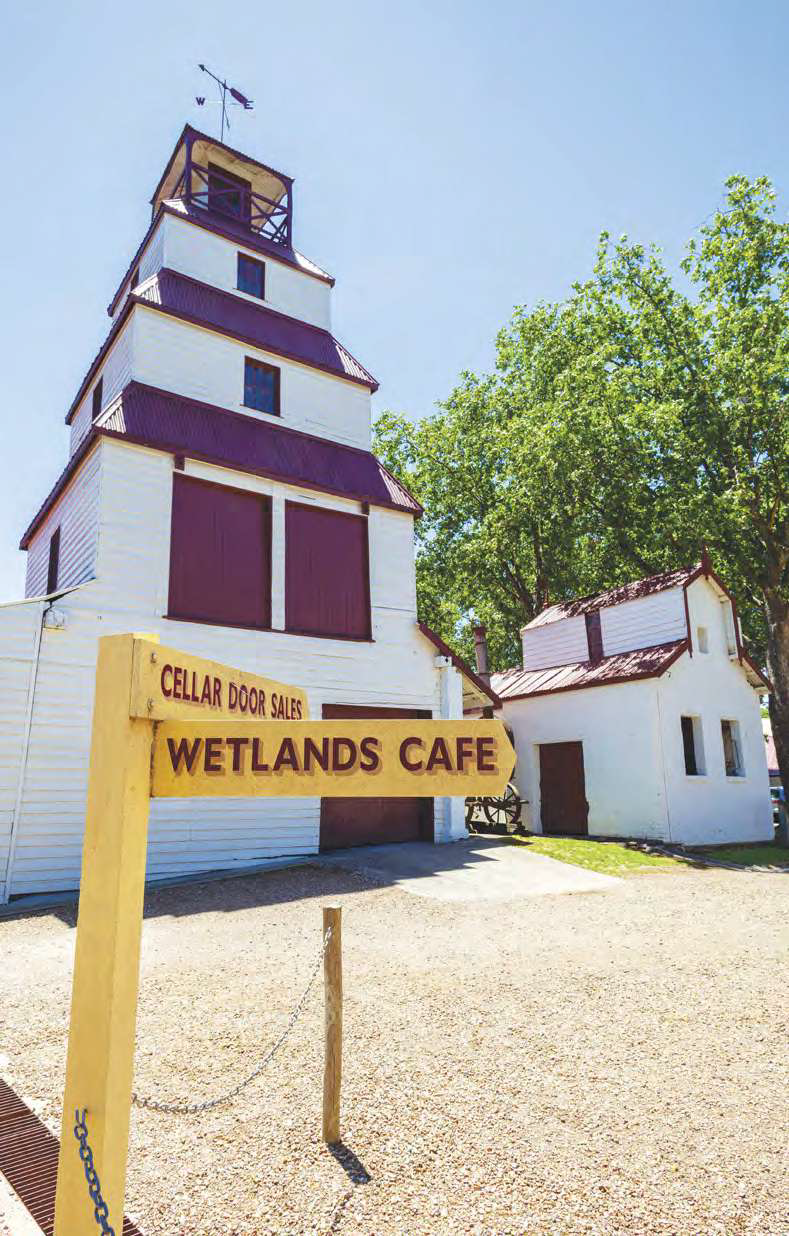
Stop for lunch at the Wetlands Cafe. Image: Mark Daffey
BEST’S GREAT WESTERN - Great Western, VIC
Part of the Grampians Wine Region, the first vines were planted at Best’s Great Western in 1868. Its cellar door tasting room reflects that vintage, housed inside the original red gum slab stable complex, and the concongella vineyard contains the world’s oldest known pinot meunier and pinot noir vines, having survived the phylloxera plague that decimated vineyards across the globe during the 1890s. Several of the grape varieties grown on the property have defi ed attempts at identification.
Just two families have owned Best’s since 1866 — the Best family, who founded the winery, and the Thompsons, who purchased the property after Henry Best died in 1920. The rustic Cellar Door showcases old winery equipment, maps of the area, and Henry Best’s original journal dating from 1866. Visitors can take a tour of the 1860s cellars that were hand dug by miners, and the original Nursery Block plantings. Both represent a significant piece of Australian wine history.
Website: bestswines.com
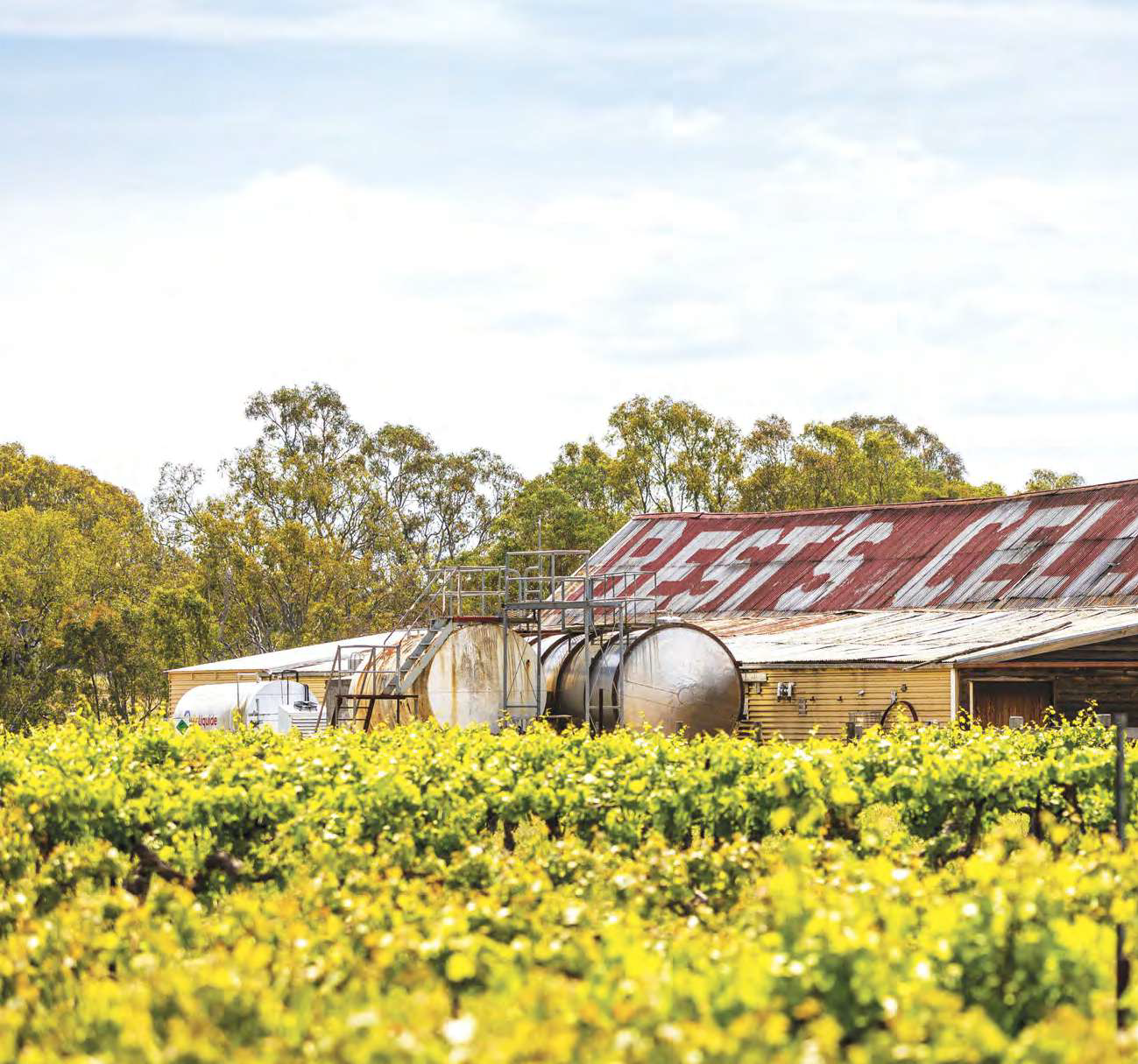
The first Best’s vines were planted in 1868. Image: Mark Daffey
ALL SAINTS ESTATE - Wahgunyah, VIC
All Saints Estate was established in 1864 on the banks of the Murray River in Wahgunyah. Its original owners, George Sutherland Smith and John Banks, arrived from Scotland and built a turreted castle based on the design of the Queen Mother’s Castle of Mey. The bricks were made by hand and fired in an on-site kiln, and the castle is now listed on the National Trust register. Views from the top of the tower are over the gardens and vineyards.

The castle at All Saints Estate was designed in honour of the Queen Mother’s Castle of Mey. Image: Mark Daffey
Other buildings under National Trust protection are the cellar and the former bottling hall in which casual dining venue, Bonnie, serves lunches seven days a week as well as evening meals from Thursday to Sunday. Huge turn-of-the-century oak casks line the main wine storage area — the Great Hall — which contains the Terrace Restaurant.
While you’re here, be sure to sample some of All Saints’ superb muscat, which comes in four classifications – Rutherglen muscat, classic Rutherglen, grand Rutherglen, and rare Rutherglen. The Rutherglen region is world-renowned for producing fortified wines that can’t be replicated elsewhere.
Website: allsaintswine.com.au

Sandalford was named after a priory in England. Image: Tourism Western Australia
SANDALFORD - Caversham, Swan Valley, WA
In 1840, Queen Victoria granted Western Australia’s first Surveyor General, John Septimus Roe, 4000 acres of land in honour of his 57 years of service to the Commonwealth. Roe named the property Sandalford after a priory in Berkshire, England — from which he’d emigrated — and he began experimenting with growing grape varieties that found their way over to the colony from South Africa.
The winery stayed in the Roe family hands until 1990 and the new owners, tourism and hospitality stalwarts Debra and Peter Prendiville, began modernising it, spending big on a new restaurant and staging concerts in an outdoor amphitheatre.
Visitors often cruise up the Swan River to the winery, disembarking at the estate’s private jetty before undertaking a behind-the-scenes tour and tasting session.
Website: sandalford.com
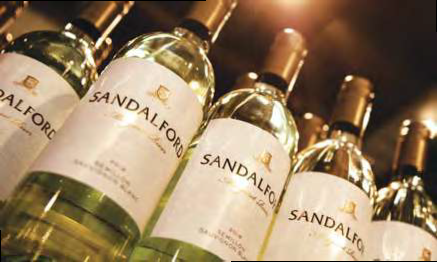
Opt for a behind-the-scenes tour and tasting. Image: Tourism Western Australia
Category: Features
Written: Tue 01 Feb 2022
Printed: February, 2022
Published By: